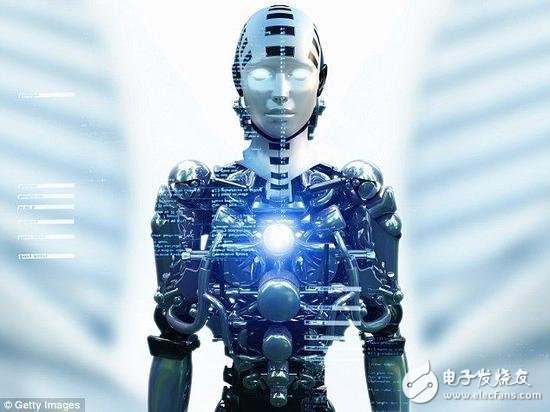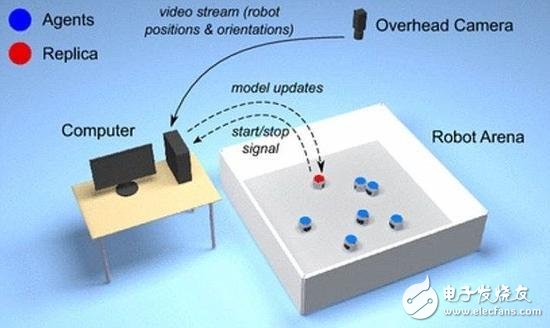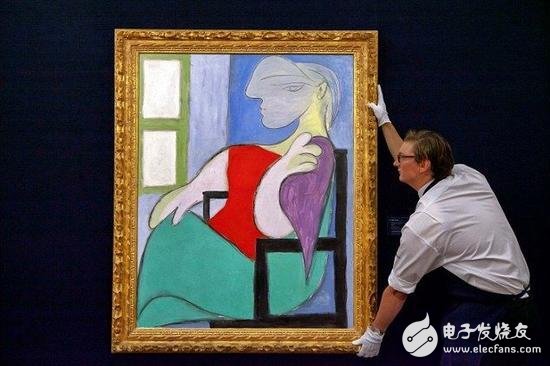Recently, Dr. Roderich Gross of the School of Automation and Systems Engineering at the University of Sheffield said: "We were inspired by Alan Turing's 1949 test to develop a robot that understands the laws of natural and artificial systems by observing humans. Through the principles of the Turing test, we can explore how a system works. One day, a new generation of robots can learn to predict human behavior and imitate it."

The original Turing test puts the assumption that if a machine can talk to humans (via telex equipment) and cannot be identified by its machine identity, then the machine is said to be intelligent.
The R&D team led by Dr. Gross controlled two groups of robots and wanted to track their movements to find out the laws of their movements, but unlike the original Turing test design, the third party tried to make it from the two groups. Identification.
"We believe that the role of third parties is best played by computers, because they may find small differences that humans can't see," Dr. Gross said.

"Some people may think that computers will fool people, will they fool themselves?" With such questions, they set the task for the computer to distinguish and identify the original group and the learning group. If the computer correctly recognizes the robot, it will receive Bitcoin as a reward; and once the learning group's robot successfully confuses the computer, it will be rewarded.
In addition, if the computer is able to recognize the difference between the two, the learning group's robots will adjust their algorithms to make them more similar to the original group.

The advantage of the so-called "turing learning" is that people no longer need to tell the computer what they need to look for.
Dr. Gross said: "Imagine you want the robot to paint like Picasso."
The traditional robot learning algorithm compares the paintings made by the robot with Picasso to see how high the similarity is. But before doing this, someone must first tell the computer algorithms which features they need to compare, and Turing learning does not require prior human intervention.

Researchers believe that Turing learning can bring breakthroughs in science and technology
Dr. Gross said: "Scientists will use it to dig into the rules governing natural and artificial systems, especially when certain behaviors cannot be measured by using similarity metrics. For example, computer games can be implemented in the real world because Virtual players can observe and predict the actions of virtual characters in the real world. They do not directly mimic the behavior they observe. Instead, they reveal the anomalies of human players."
Dr. Gross added: "At present, Turing learning has only been tested in the robotics group. That is to say, we are still in the theoretical stage. We have not yet determined whether Turing learning can create cubist paintings in reality."
The next step for the research team is to test whether the robot can learn the behavior of different animal groups, such as fish and bees. They hope that Turing learning can help people understand the factors that influence the different behaviors of animals - this is a major area of ​​future artificial intelligence development.
Rice Mill,Rice Mill Machine,Small Rice Milling Machine,Rice Mill Equipment
Hunan Furui Mechanical and Electrical Equipment Manufacturing Co., Ltd. , https://www.thresher.nl